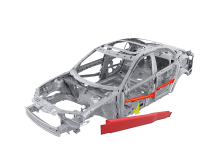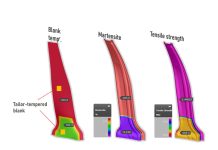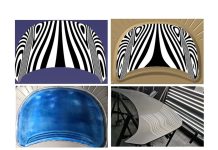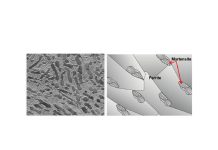Achieving net zero is a crucial target for all manufacturing companies, especially in the automotive industry, which faces increasing regulation. Original equipment manufacturers (OEMs) are on the lookout for innovative green technologies to enhance or replace their existing processes.
Let’s dive into the automotive sector’s current landscape and learn how Hot Form Quench (HFQ) and increased use of aluminium can drive it toward a more sustainable future.
Reducing a Car’s Carbon Footprint
A car’s carbon footprint comprises embodied carbon (emissions during construction and decommissioning) and operational carbon (emissions during use). Manufacturing processes like mining, casting, rolling, and heat treatment use significant carbon.
During its lifetime, a typical car emits about 4.6 metric tons of carbon annually from gasoline. Even electric vehicles contribute to carbon emissions through the electricity used in their operation.
To shrink a car’s carbon footprint, reducing both embodied and operational emissions is essential. Auto manufacturers are adopting several strategies to meet their sustainability goals.
Recycling Challenges in the Automotive Industry
Although recycling may seem simple, it presents many challenges, especially for advanced industries like automotive, which use multiple materials and manufacturing methods. For aluminium, there are cast, extruded, and sheet parts, all of which contain different quantities of principal elements. Despite this complexity in construction, when a car reaches the scrapyard, valuable parts like alloy wheels and catalytic converters are removed, and then the rest of the car is ground into fragments, which need to be sorted for reuse. While sorting technologies are improving rapidly, they are still relatively slow, not 100% accurate, and require energy.
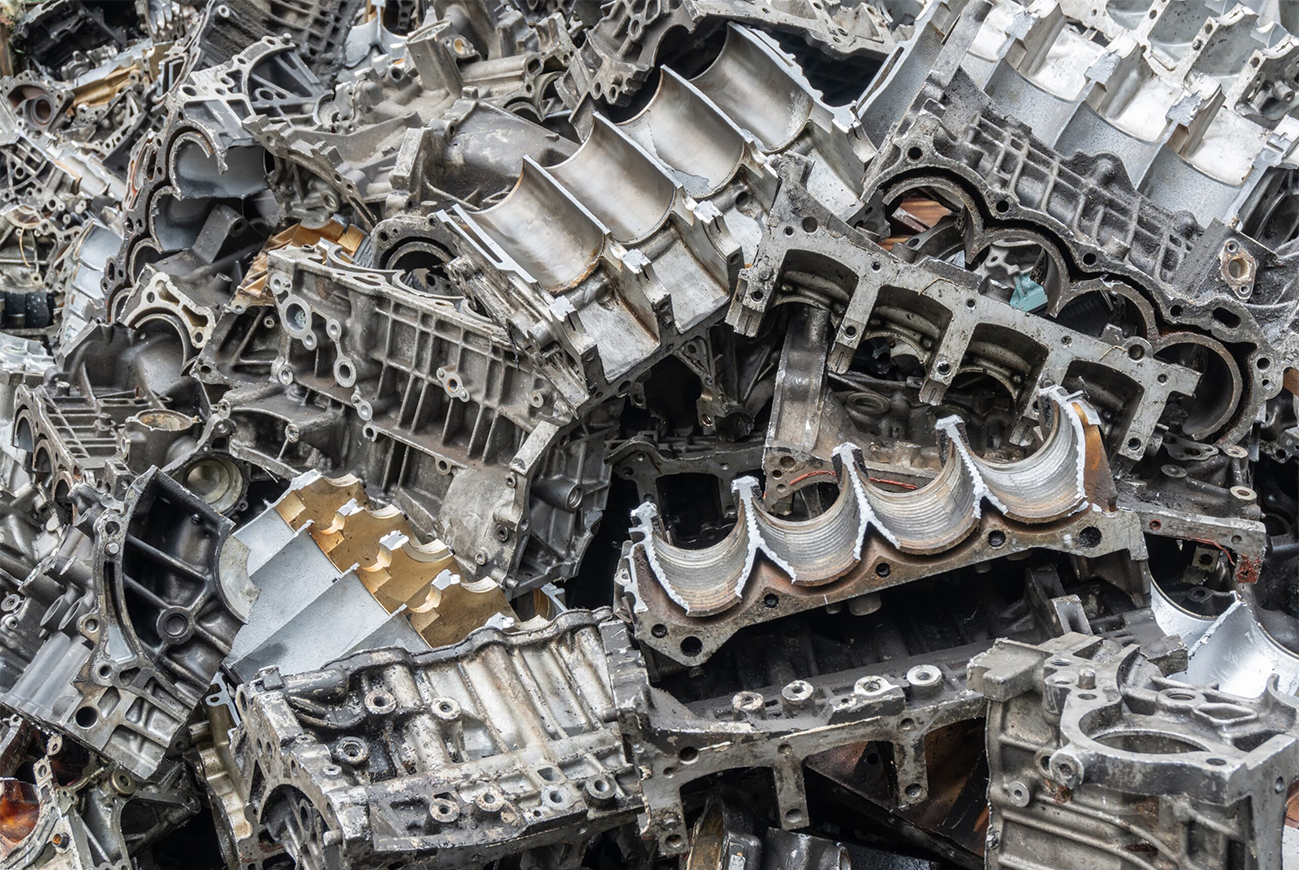
Fig. 1: Aluminum Engine Blocks Scrap. Courtesy Iscrapapp.com
Furthermore, permanent joining methods such as steel rivets are used, increasing the risk of contamination when re-melted.
Because of these challenges, it is currently common for the aluminium fraction to be recycled back into non-structural secondary castings rather than being fully circular.
Other Obstacles to Sustainable Car Manufacturing
The weight of vehicles
In recent decades, vehicles have become heavier, increasing their embodied and operational carbon due to higher curb weights, with some now exceeding 3000 kg. This issue extends to electric vehicles, where batteries alone can weigh over 500 kg. Therefore, relying solely on recycling for sustainability is insufficient, necessitating the use of fewer resources.
No reuse of functional parts
Often, many functional parts are discarded when a vehicle reaches the end of its lifecycle. Introducing design-for-disassembly practices to retain materials in use for as long as possible will be critical for future sustainability.
The use of various compositions
The current practice of incorporating multiple aluminium compositions into a single vehicle structure complicates recycling due to sorting challenges. A more efficient approach would involve using a single alloy with versatile forming techniques.
What Changes Does the Automotive Industry Need for Maximum Sustainability?
For maximum impact on a vehicle’s sustainability, the automotive industry should adopt the waste hierarchy, which prioritizes:
1. Reduce
2. Reuse
3. Recycle
The most effective strategy to achieve sustainability targets involves manufacturing lighter vehicles. Lighter vehicles use less material and energy, which minimizes waste and enhances operational efficiency through improved fuel economy.
Following reduction, it is important to work towards a future in which vehicles can be disassembled efficiently to allow for component reuse. Finally, once the components have reached the end of their useful life, recycling them back into the same value chain is essential.
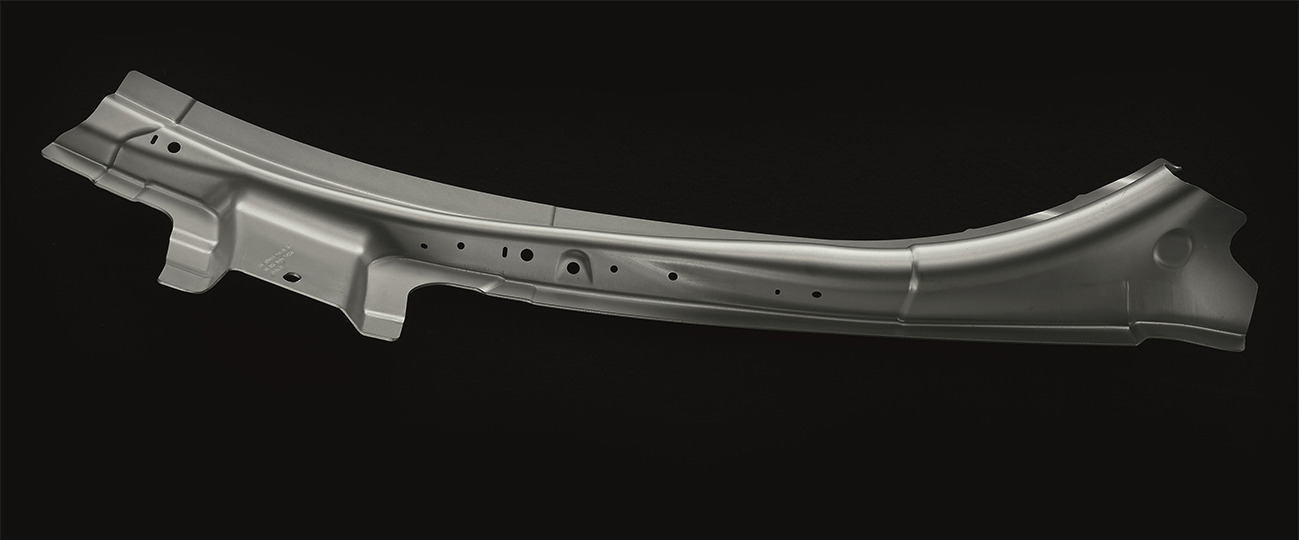
Fig.1: Recycled material A-Pillar.
How Does HFQ Help the Automotive Manufacturing Process?
Hot Form Quench (HFQ) is a novel aluminum hot forming process that integrates solution heat treatment, forming, and in-die quenching into a single step.
Key features include:
Improved material utilization
The primary goal of HFQ is to enhance material utilization in the automotive industry. Due to the enhanced formability and the ability to integrate multiple parts into a single forming step, the blank size can be significantly reduced.
Reduced weight and costs
By using higher-strength aluminum alloys to form complex shapes, HFQ allows for thinner parts, contributing to greater light-weighting.
Compatibility with recycled metal
HFQ has been used to produce A-pillars and B-pillars from AA6082 sheet using 100% recycled feedstock. The geometric tolerance and mechanical properties were equivalent to conventional alloys. HFQ has also been used with novel alloy compositions containing higher contamination levels, offering proof strengths greater than 400MPa and elongation to failure greater than 12%.
Efficiency with F-temper Aluminum Sheet
Traditional cold stamping requires T4P tempering of sheet blanks prior to forming, which involves heating and tempering the entire raw material coil to enhance strength and formability. In contrast, HFQ eliminates the need for pre-stamping heat treatment, saving significant costs and opening up a wider range of supply options.
As a hot forming process, HFQ applies heat just before forming, targeting only the blank rather than the entire coil. This focused heating approach maintains similar energy consumption while optimizing efficiency by heating only the useful portion of the material.
Embracing Innovative Forming for Carbon Neutrality
To significantly reduce the carbon footprint of automobiles and advance toward circularity, the industry must embrace deviations from traditional alloys and adopt disruptive technologies that facilitate carbon neutrality. Closed loop recycling and advanced sorting technologies are essential for creating a reliable source of raw materials, but focus must remain on impactful strategies like improving material utilization, down-gauging, increasing the use of aluminum alloys, and maximizing the use phase of each component.
Technologies like HFQ demonstrate the potential to use novel aluminum alloy compositions that maximize the recycled content and optimize weight and carbon footprint beyond what is possible with cold stamping. Tier 1 and Tier 2 suppliers play a crucial role in integrating these advancements, but the push for these transformative changes must come from OEMs, who are ultimately responsible for minimizing the environmental impact of their products.




